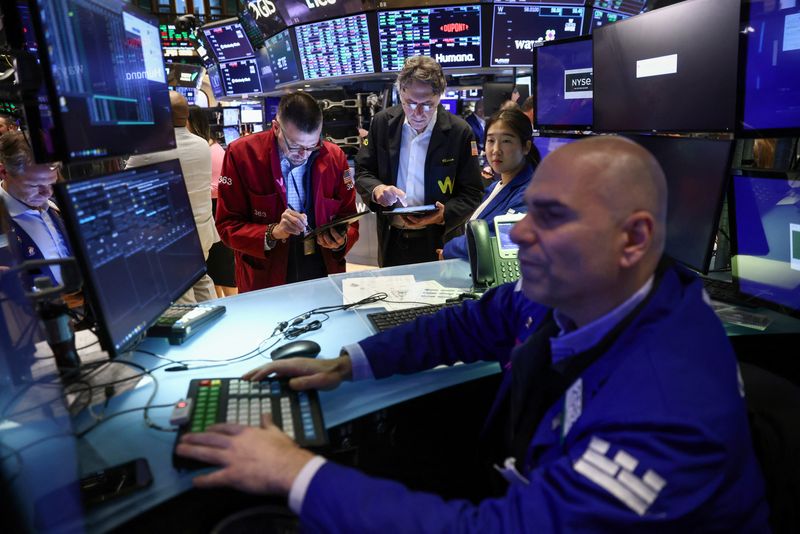(Reuters) -Weekly inflows into stocks in the week to Wednesday were the largest in six weeks, data from BofA Global Research showed, as China's reopening of its borders and expectations that bond yields have peaked fed investor risk appetite.
Investors poured $13.9 billion into stocks with $3.4 billion flowing into European shares - the largest to the region's equities in almost one year, the bank said on Friday.
BofA's bull and bear indicator hit a 10-month high, rising to 3.7 from 3.5 last week, as lower cash levels and better credit technicals offset more bearish hedge funds.
Risk sentiment was further boosted on Friday after U.S. personal consumption expenditures, the Federal Reserve's preferred gauge for inflation, further slowed last month, supporting expectations that the central bank is almost at the end of its tightening cycle.
BofA said a number of metrics, including the U.S. yield curve, as well as money supply and the leading economic index signalled a hard landing for the U.S. economy is increasingly likely in 2023.
Healthcare stocks, a defensive play, and technology stocks, have seen their worst four-week outflows in four years, BofA said.
Bonds globally pulled in $12.2 billion for the week, with investment grade and high yield credit seeing their strongest inflows in 16 months, averaging $7.7 billion over the last four weeks, it added.

Over the same period, emerging market debt and equity inflows averaged $7.1 billion, their strongest in nearly two years. Last week alone saw a record $12.7 billion in inflows.
Gold drew in $500 million, BofA data showed, while investors shed $2.3 billion worth of cash.